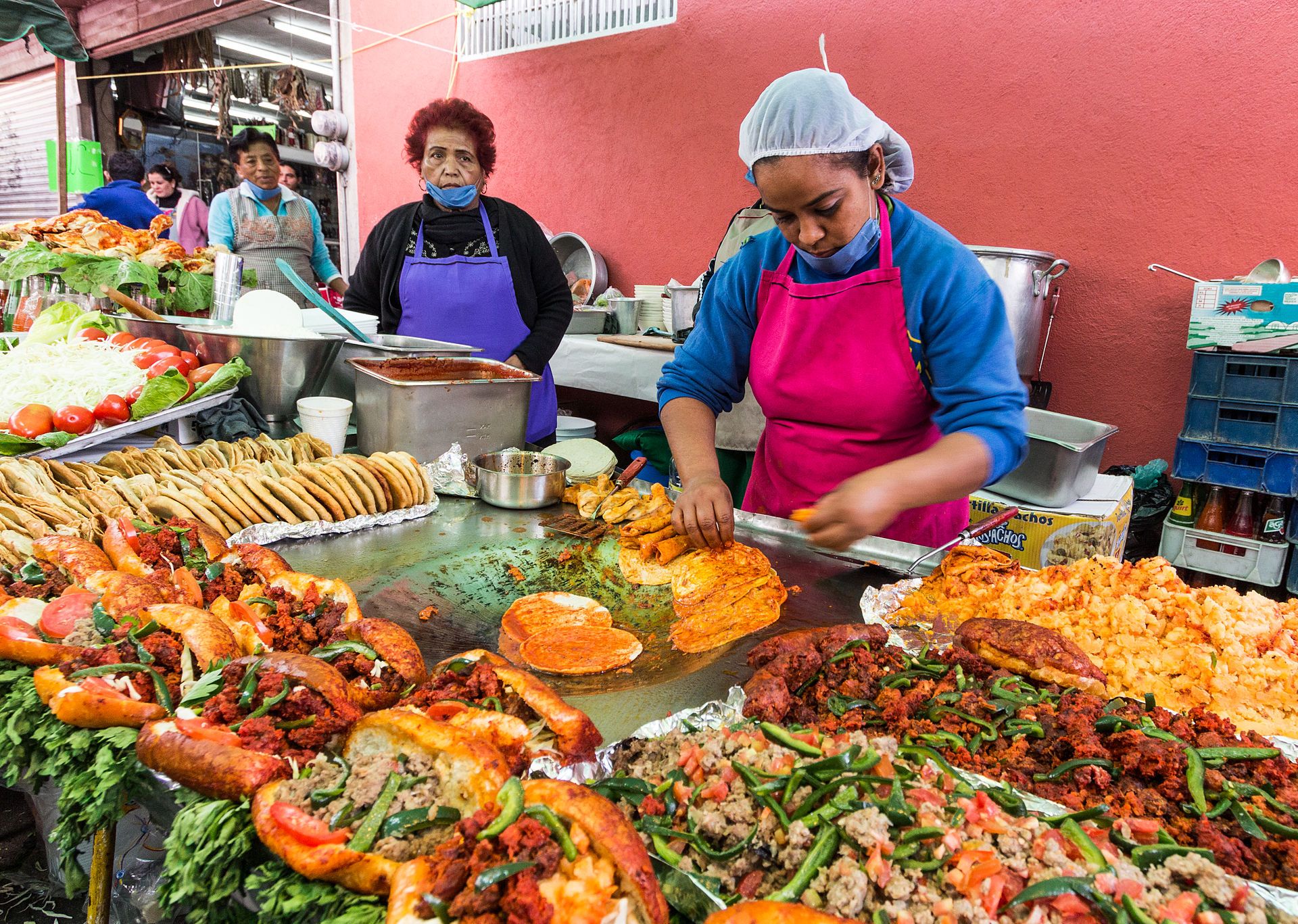The Perils of the Millennial Aesthetic

#015
It's been 7 months since my last visit to Melbourne. What struck me quite vividly this time around was just how much Melbourne cafes were alike: the same indoor plants; the same exposed brick walls; the same Scandinavian furniture; and the same organic, GMO-free, fair-trade menus.
It's not just cafes, this "millennial aesthetic" has taken over billboards, mattresses, open floor plan offices, and are threatening to take over the rest of our material lives.
Why is the material world converging on the same aesthetic?
The convergence of interior design towards this "millennial aesthetic" is both promising yet fraught with a lack of humility. After decades of utilitarian and functional design, landlords and business owners have woken up to the realization that aesthetics do matter—a well-considered design or brand confers trust and authority. The look of a product or environment does have a tangible impact towards a business' bottom line. Although it is primarily driven by money, the millennial aesthetic is a promising step towards a greater public appreciation of the arts, design, and beauty—not unlike the Renaissance of 16th-century Italy.
What is disconcerting, however, is the sameness of this period we're in and the vivacity we're pursuing this alleged ideal. It's as if millennials have somehow arrived at the pinnacle of taste, and we are thus obligated to transform our collective environment at haste.
The millennial aesthetic is democratic. It's elegant; it's ethical; it's economical; and it's simple. The clean sans serif typefaces and plentiful negative space is cheap and easy, and requires little in the way of skills. Online tools like Canva and Squarespace are "democratizing" design to the masses. AI-enabled cameras, editing tools, and brilliant smartphone displays are "democratizing" stunning imagery.
Technology is training us to have more "refined" tastes. The short feedback loop—from the moment you post to the incoming torrent of likes—trains our tastes for what looks "good." Or more precisely, what captures the most attention, and therefore generates the most advertising dollars. This short feedback loop in conjunction with the ubiquity of smartphones pushes consumer tastes and design towards the same convergent aesthetic. The sameness becomes pervasive, and our interconnected culture increasingly crowds out any space for the weird and quirky to gain a foothold.
Molly Fischer from New York Magazine puts it aptly:
"If you simultaneously can’t afford any frills and can’t afford any failure, you end up with millennial design: crowd-pleasing, risk-averse, calling just enough attention to itself to make it clear that you tried."
My fear is the stifling of innovation as we fall deeper and deeper into conformity, towards a risk-averse flavor of "good."
How are we to make sense of all this?
A caveat: I am not an expert in design, food, nor culture. I concede that my analysis may be badly wrong. I am simply a somewhat astute consumer with strong opinions, loosely held. The following is my current attempt to navigate the perils of this trend when it comes to food.
Understand what your values are
As someone who eats, takes great pleasure in eating, and goes out of my way to discover new ways of eating, taste takes precedence above all else. I'll happily dine at a street cart on the side of a traffic-congested road in Mexico City if their Gorditas are juicy, cheesy, with a satisfying outer crunch; I'm more than happy to put up with inattentive service in a Sichuan restaurant if their chillies makes the hair on the back of my neck standup, and leave my tongue in a tingling daze. To me, service, presentation, even hygiene (to a certain extent) are secondary. I'll take the combination of good food with good company any day of the week.
In practical terms, when I search for a new restaurant, I deliberately discount reviews based on service (this is especially true when it comes to Asian cuisine). Your "value stack" will obviously vary, but it's good to understand how your values stack up and use it to calibrate reviews and recommendations.

Don't Instagram your food
Food photography has replaced prayers as our pre-meal ritual. Personally, I find that pulling out your phone to snap a food pic disrupts the flow of conversation and distracts from the experience. On the odd occasion where I do snap some pictures, it is for later inspiration and isn't shared beyond private chats. I don't worry about which angle or lighting looks the best, nor how many social brownie points I may get. I find this practice removes social-driven biases that distort the enjoyment of the dish itself.
As a society, I believe we are overvaluing how a dish looks over how it tastes. As consumers, we "vote" with our wallets. Right now, we are overpaying for the "experience" of food without realizing its long-term consequences. When we pay for Instagrammable dishes at Instagrammable establishments, we are pushing all restaurants and cafes in the same direction. In Melbourne, this has led to a severe lack of differentiation in the brunch scene, where cafes are known more for their differences in millennial decor, and less for the food.
What are your heuristics for finding good food?